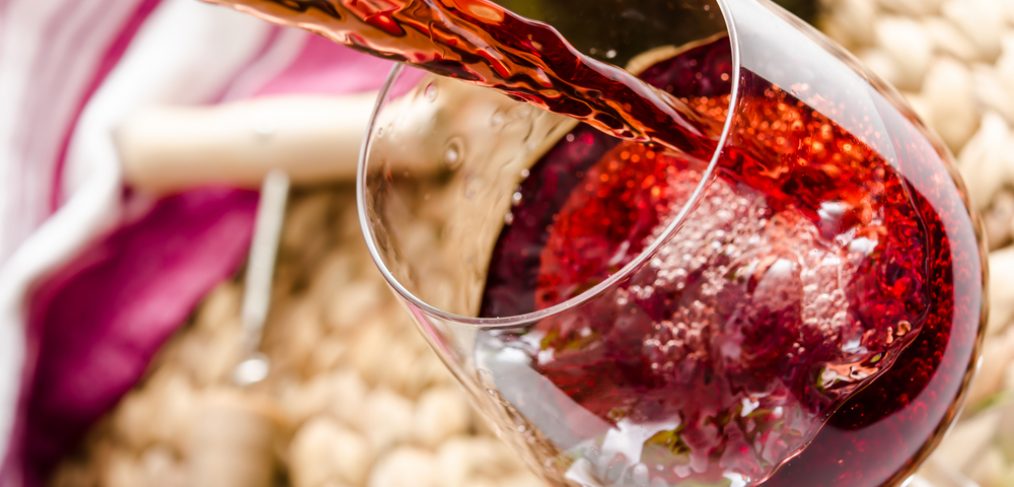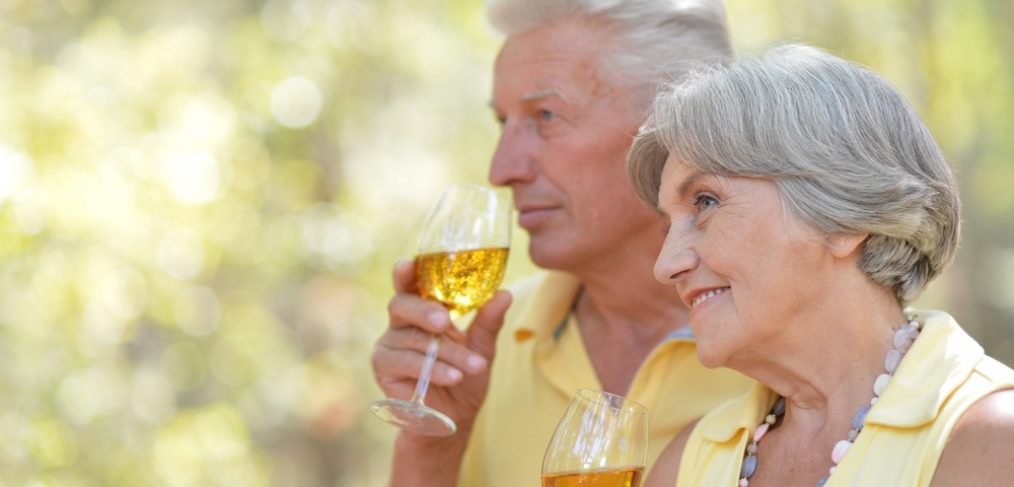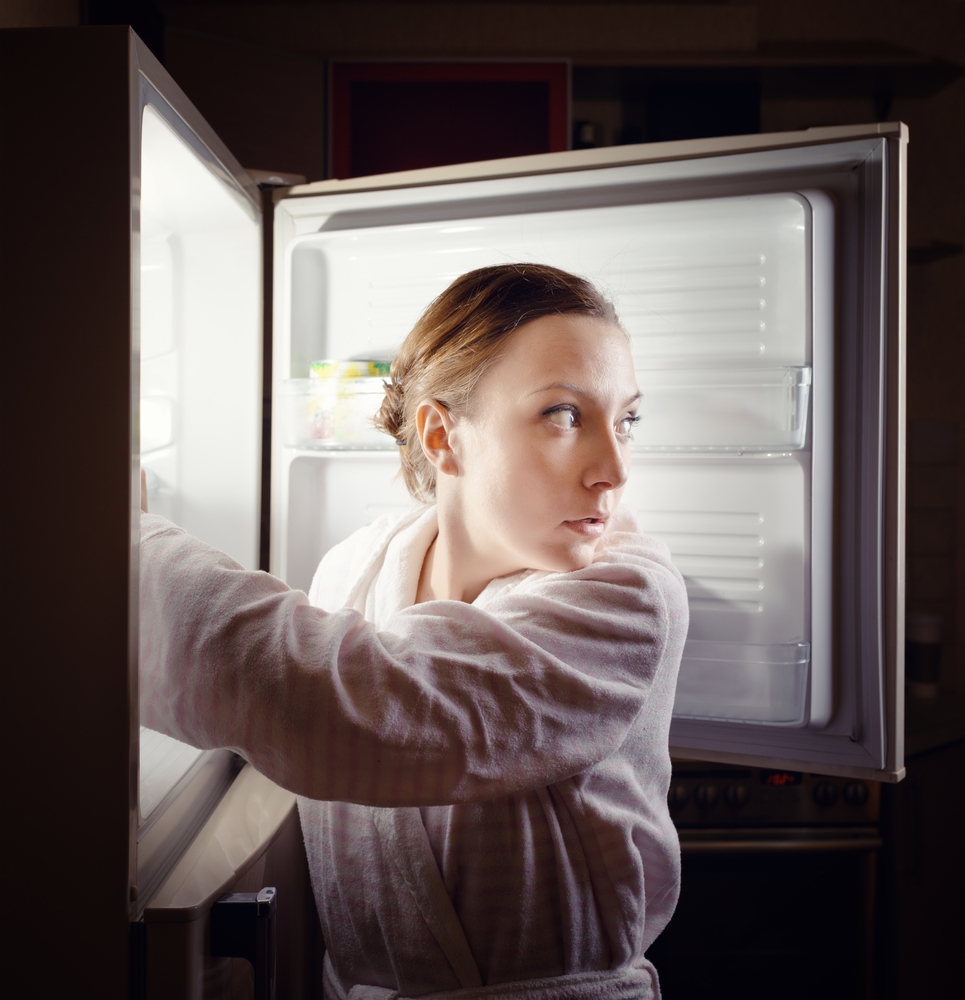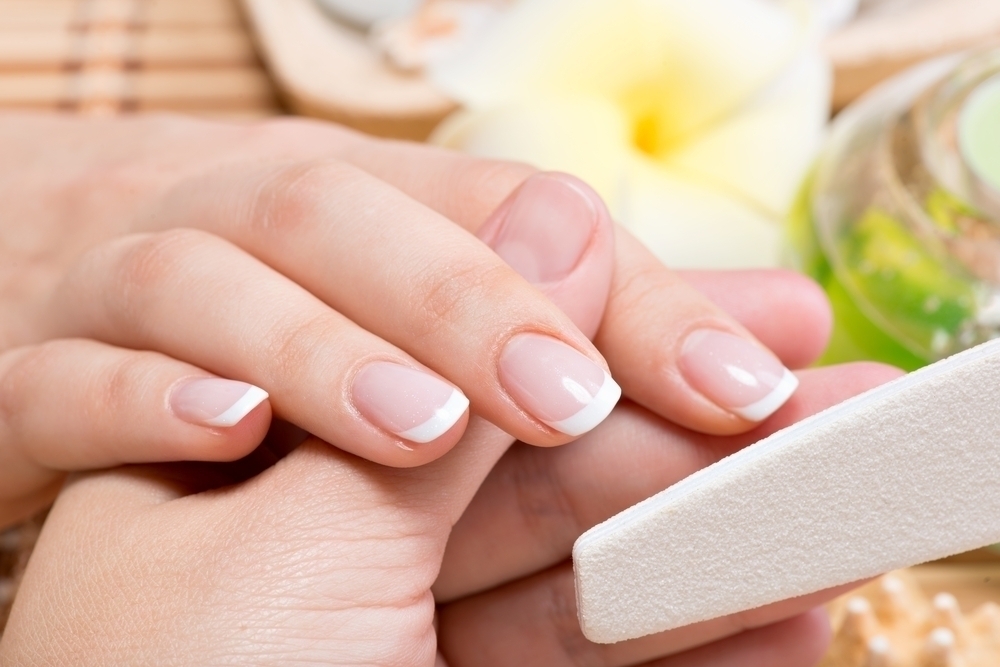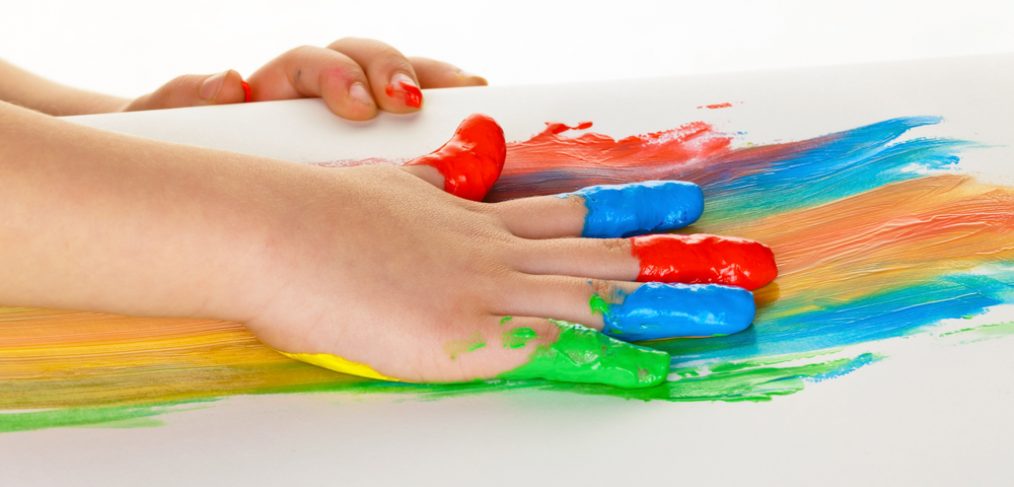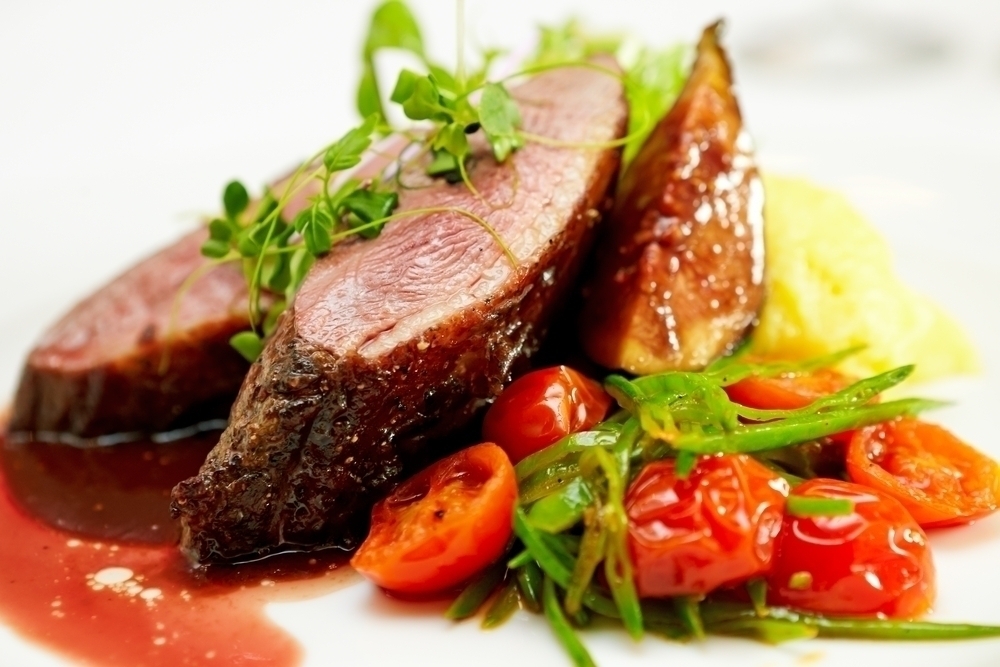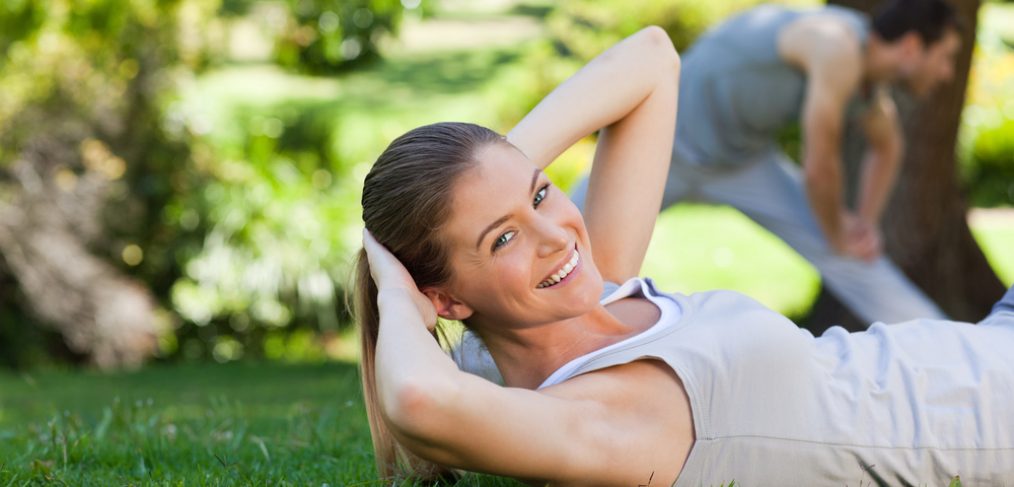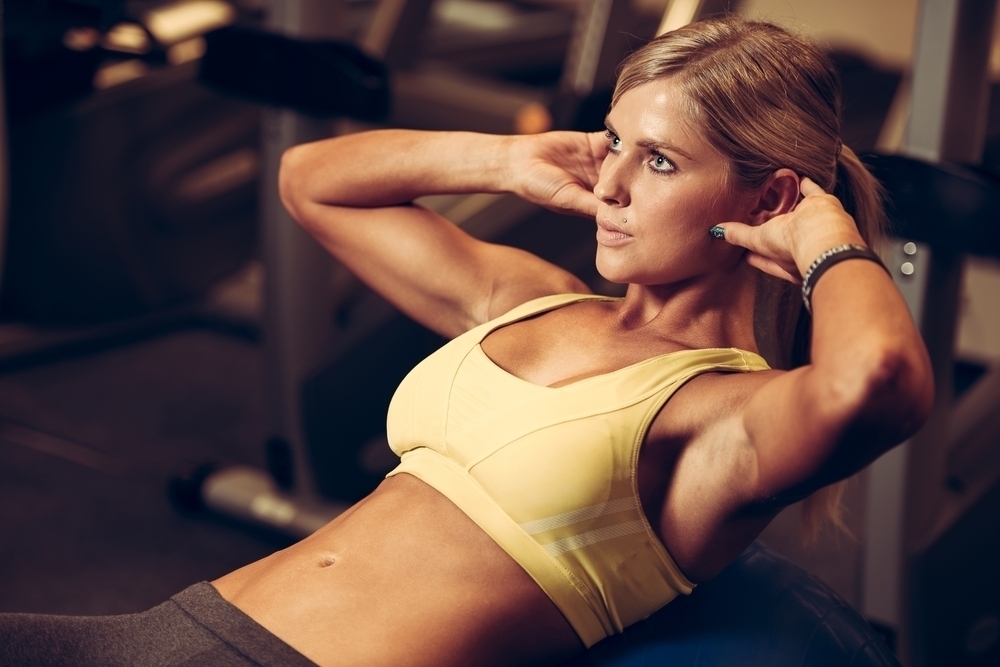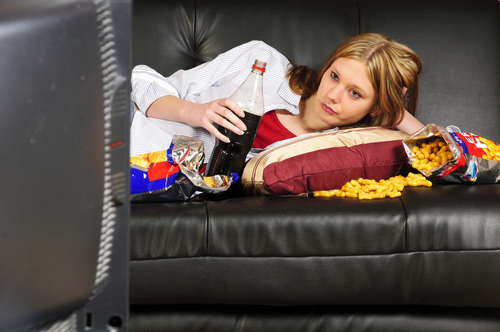The technology we use changes daily as major discoveries continue to be made. One area of technology that is rapidly making advancements is artificial intelligence. Artificial intelligence refers to two things: the intelligence that is displayed by computers or machines and the academic field dedicated to creating computers and software that is capable of intelligent behavior. Some of the goals in artificial intelligence research are the ability to reason, plan, learn and manipulate objects. A few days ago, the renowned U.K. wine publication Harpers Wine and Spirit, published an article that brings the world of fine wine and artificial intelligence together.
A study at University College, London studied the ability of artificial intelligence to predict wine industry trends against human ability to make the same predictions. It seems that not only can artificial intelligence be used to predict trends, but it is far more accurate. In fact, the study found that artificial intelligence was 98% more accurate in determining fluctuations in the price of fine wines than humans were. In order to be able to predict fluctuations in prices of fine wine, those conducting the study used machine-learning technologies. These technologies allow the computer to identify what pieces of data are the most important when it comes to analyzing changes in the pricing of fine wines. The software tested 100 wines used in the study and these wines were selected using the Liv-ex 100 wine index.
Professor John Shawe-Taylor is the so-director for the University College, London Center for Computational Statistics and Machine Learning. Professor Shawe-Taylor is also the head of the university’s Computer Science department. As a study co-author, Professor Shawe-Taylor says, “Machine learning involves developing algorithms that automatically learn from new data without human intervention. We’ve created intelligent software that searches the data for useful information which is then extracted and used, in this case for predicting the values of wines. Since we first started working on machine learning at UCL, our methods have been used in a wide variety of industries, particularly medical and financial, but this is the first time we have entered the world of fine wine.”
The University College, London study partnered with Invinio, a company founded by UCL alumnus, Dr. Tristan Fletcher. Invinio is a quantitative wine asset management consulting firm. University College, London graduate, Michelle Yeo, lead the research along with Invinio. She was pleased with the results of the study saying, “We’re pleased we were able to develop models applicable to fine wines and we hope our findings give the industry confidence to start adopting machine learning methods as a tool for investment decisions.”
Ultimately, the study authors hope that this advancement in artificial intelligence will benefit wine investors. Using this technology, investors will be able to make more informed decisions regarding their wine portfolios. Additionally, the study authors are hopeful that those who do not invest in wine will be more interested in investing due to the information in this study. For now, Invinio and UCL will continue to work together to provide investors with information. Eventually, the study authors would like to expand this technology into other asset categories, such as classic cars.



